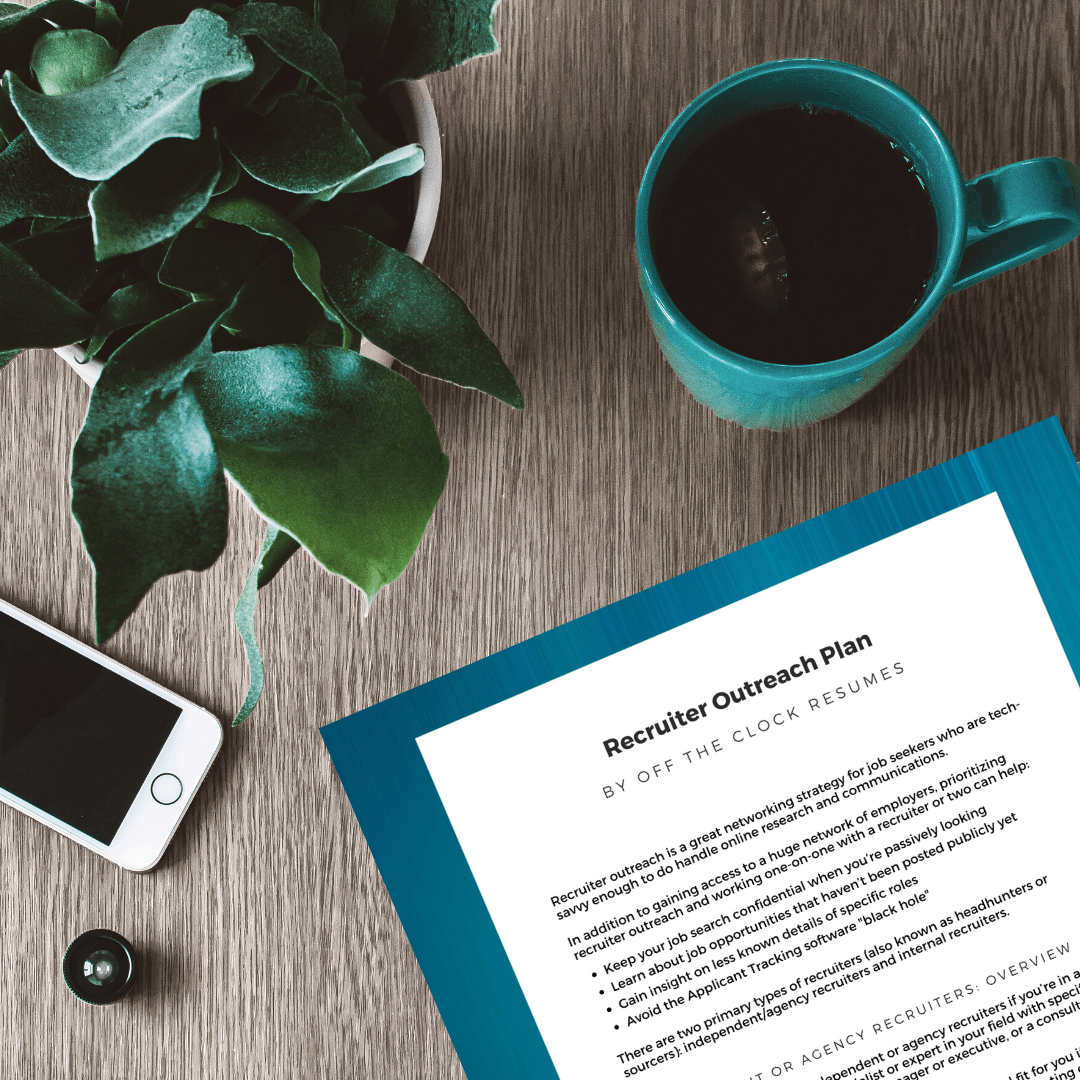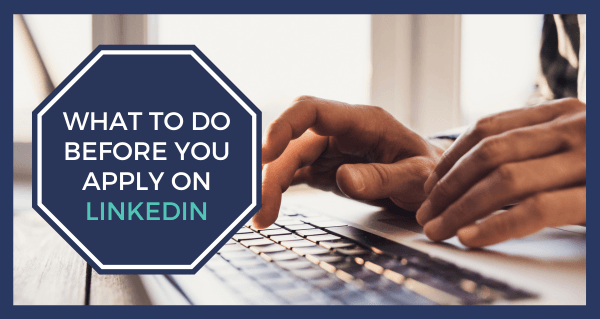
What To Do Before You Easy Apply On LinkedIn
Goodbye, Easy Apply... Hello, Apply Connect! That's right, Easy Apply on LinkedIn (as we've known it) is new and improved.
There have been countless discussions on LinkedIn and elsewhere online about avoiding the Easy Apply button when applying for jobs on LinkedIn. Rumors that recruiters ignore Easy Apply applications and only look at applications from the company's website are abundant, but understanding what recruiters see on their end of the hiring process is the key to an effective application.
Apply Connect, formerly Easy Apply, is an integration that companies can add to their Applicant Tracking system (ATS) that allows recruiters to seamlessly add job postings to LinkedIn and automatically notify candidates of their application status.
Easy Apply had several deficiencies which made the applications less desirable to consider. For example, there was no feature in place to filter out candidates who were not qualified. Anyone on LinkedIn could use Easy Apply to submit a resume with no "knock-out" qualification questions to answer. Hundreds of 1-click applicants wouldn't be qualified, and there wasn't an efficient way to filter through the applicants except for what information was found on their profiles like location and job title.
The new and improved Apply Connect integration provides a more detailed snapshot of an applicant's profile, an opportunity to ask custom questions (similar to a company's website application), and a better candidate experience with 1-click messages and automated application notifications.
What does this mean for you? With 94% of recruiters using LinkedIn to find skilled candidates, the new and improved Easy Apply button could be a way to get in front of hiring decision-makers faster than simply applying on a company's website. There are a few things you should do to maximize your chances of landing an interview before you Easy Apply on LinkedIn.

This blog contains affiliate links, meaning I may receive a small commission (at no cost to you) if you subscribe or buy something through the links I share. I only share links to products or services that I use myself or absolutely love!
1 | Double-check That Your Experience Is Up-to-Date
When applying for a job on LinkedIn using the Easy Apply button, you’re opting to share your LinkedIn profile information with the job poster. The previous Easy Apply integration only shared your name, profile photo, level of connection to the recruiter, location, and a shortened headline. That's all employers had to determine if you were a potential match for a job at a glance.
The new Easy Apply button also provides a summary of your years of experience, recent position titles and companies, skills match data, and applicant highlights before prompting a recruiter to view your profile for more information. You don’t want to apply if you haven’t added your most recent work history to your Experience section, let alone completed your profile.
Use that Description field to describe your skills in action and highlight achievements that are most relevant to your job target to maximize your chances of being contacted for the next steps. This will naturally add keywords to your profile.
2 | Read The Job Posting Carefully
Don’t just skim over the job posting before you click that Easy Apply button! Read through the job posting to identify the top qualifications, desired skills, and traits that they’re looking for in the ideal candidate. Review the company information and explore the Company Page to make sure you’ll be a good fit for its culture or work environment. Use the information you find to make sure your profile positions you as the best fit for the job and the company before you apply.
While your LinkedIn profile doesn’t need to be as targeted as a resume that you submit for an online job application (more on that below), your LinkedIn profile should clearly indicate that you understand the goals of the roles you’re applying for. If your LinkedIn profile gives a job poster any reason to question why you’re applying for that specific job, they’ll likely move on to an applicant who is evidently a better fit.
3 | Revamp Your Headline & About Section
If your Headline only lists your Position Title and Employer or your About section is copied-and-pasted from your broad resume, then you have some work to do. Revamp your Headline to showcase the value you offer or the results you can generate for the employer you’re targeting. A clickable Headline that entices a job poster to view your profile to learn more about you is the secret to standing out from other applicants on LinkedIn.
You should also create a job-winning About section that introduces your top job-related qualifications and skills, indicates your career goals and what your ideal employer looks like, and showcases your career-related values and passions. This section helps employers connect the dots as to why you’re the missing asset their team needs to level up. While you don’t need to adjust these critically important sections for every job you apply for on LinkedIn, they should clearly describe you as the best fit for the job you want.
4 | Update Your Skills Section
Job postings on LinkedIn typically include a Skills Match section. Recruiters will select specific skills as keywords that LinkedIn either needs to find in your Skills section or implicitly in other searchable sections of your profile. Before applying for a job on LinkedIn using the Easy Apply button, make sure that any keywords listed under Skills Match can be found in your Skills section.
Other implicit keywords to add will be found in the job posting under the requirements section. These will be areas of expertise and software/technologies that aren't specifically indicated in the Skills Match section.
You can add up to 50 keywords to your Skills section, so make sure you’re boosting your chances of being a top applicant by adding as many relevant keywords directly from LinkedIn's database of recommended skills as you can.
5 | Check Your Profile Privacy Settings
If your profile visibility and privacy settings are too restricting, recruiters won't be able to load your profile or applicant highlights in their ATS when you use the Easy Apply button. You may be able to submit an application, but it doesn't matter if a recruiter can't see it on their end.
Make sure you edit your public profile to make as many details as you can visible to those who aren't connected to you already.
6 | Connect With Someone At The Company
The job poster can see your connection to him or her (whether you’re a 1st Connection, 2nd Connection, or so on) as well as whether or not you have any mutual connections or connections within the company. Connections with employees who already work at that company is one of the several Applicant Highlights that can separate you from other candidates.
Taking the time to connect with someone (or multiple people) working at the company before applying can help you get your foot in the door. It’s also a strategic way to potentially move forward in the hiring process as a referral rather than an unsolicited applicant. If you're actively using LinkedIn to grow your network, you'll be adding Applicant Highlights to your profile without even realizing it.
The key is to connect and build a networking relationships before asking for anything in return. Add a note to customize your connection requests, introduce yourself, express your interest in working for the company, and ask for information about the company culture or department. This gives context to your connection requests as well as encourages responses.
7 | Target Your Resume For The Job
Finally, target your resume for the specific job posting before applying for the job on LinkedIn using the Easy Apply button. While your LinkedIn profile can't be tailored for every job application, your resume can be. Your resume should position you as the best fit for the job by showing that you understand and can meet the goals of the specific role you’re applying for as well as demonstrating the unique value you offer to the company through the results you have produced for previous employers.
While several of these details should be integrated into your LinkedIn profile, your profile should be a humanized extension of your resume that makes you approachable online. Use your profile to attract those who work in your targeted field or industry and help you grow your referral network. It can also elaborate on details you'd trim from a concise and tailored resume. Ultimately, let your resume sell the job-specific qualifications, skills, and value you offer to that specific employer in that specific role.
Conclusion
The dynamic duo of a tailored resume and complete LinkedIn profile make the new and improved Easy Apply integration more effective for job seekers. Understanding which details from your profile will be visible to recruiters right away can help you prioritize which sections to update before applying for jobs and improve your chances of landing interviews at the companies you'd love to work for.
Related Articles
-
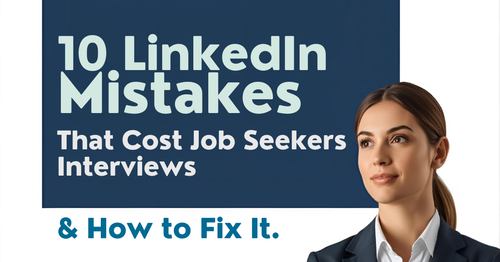
10 LinkedIn Mistakes That Cost Job Seekers Interviews (How to Fix It)
Guest blogger outlines how to avoid these LinkedIn mistakes to drastically improve your chances of being noticed, whether you’re actively job hunting or just trying to grow your professional presence.
-
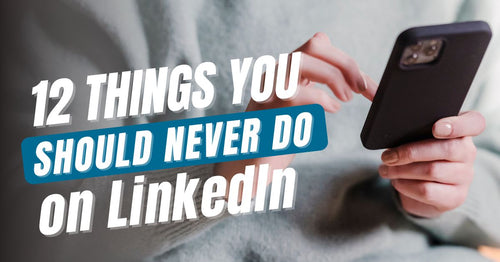
12 Things You Should Never Do On LinkedIn
These common LinkedIn mistakes may be preventing you from seeing the career-boosting outcomes you’d love to see.
-
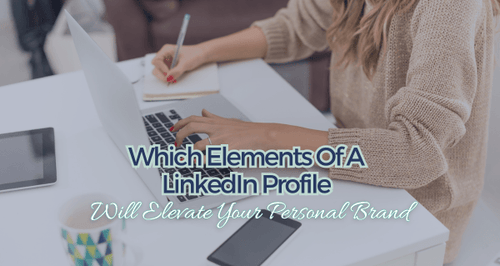
Which Elements Of A LinkedIn Profile Will Elevate Your Personal Brand?
Discover how platforms like LinkedIn not only help expedite your job search but can elevate your personal brand by amplifying your authority and boosting your credibility.
